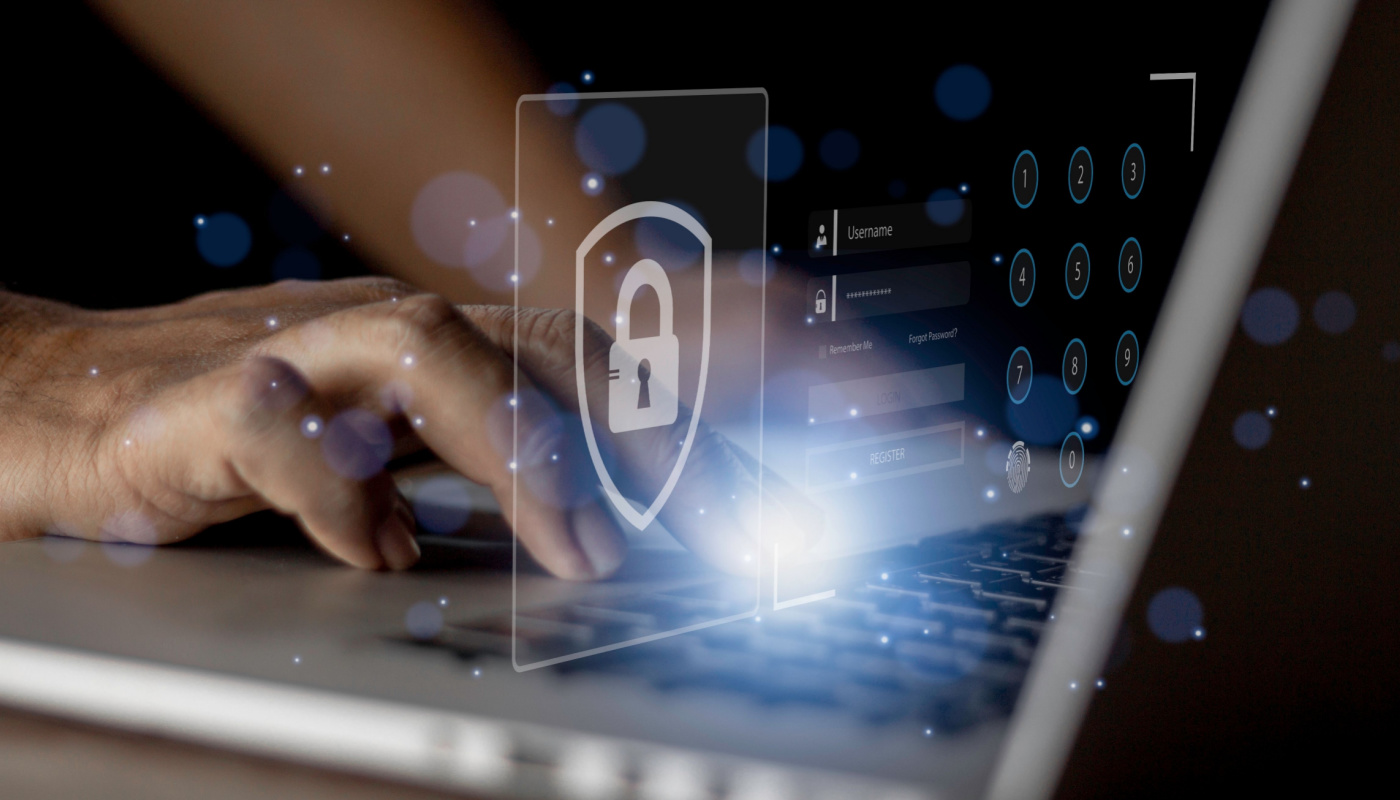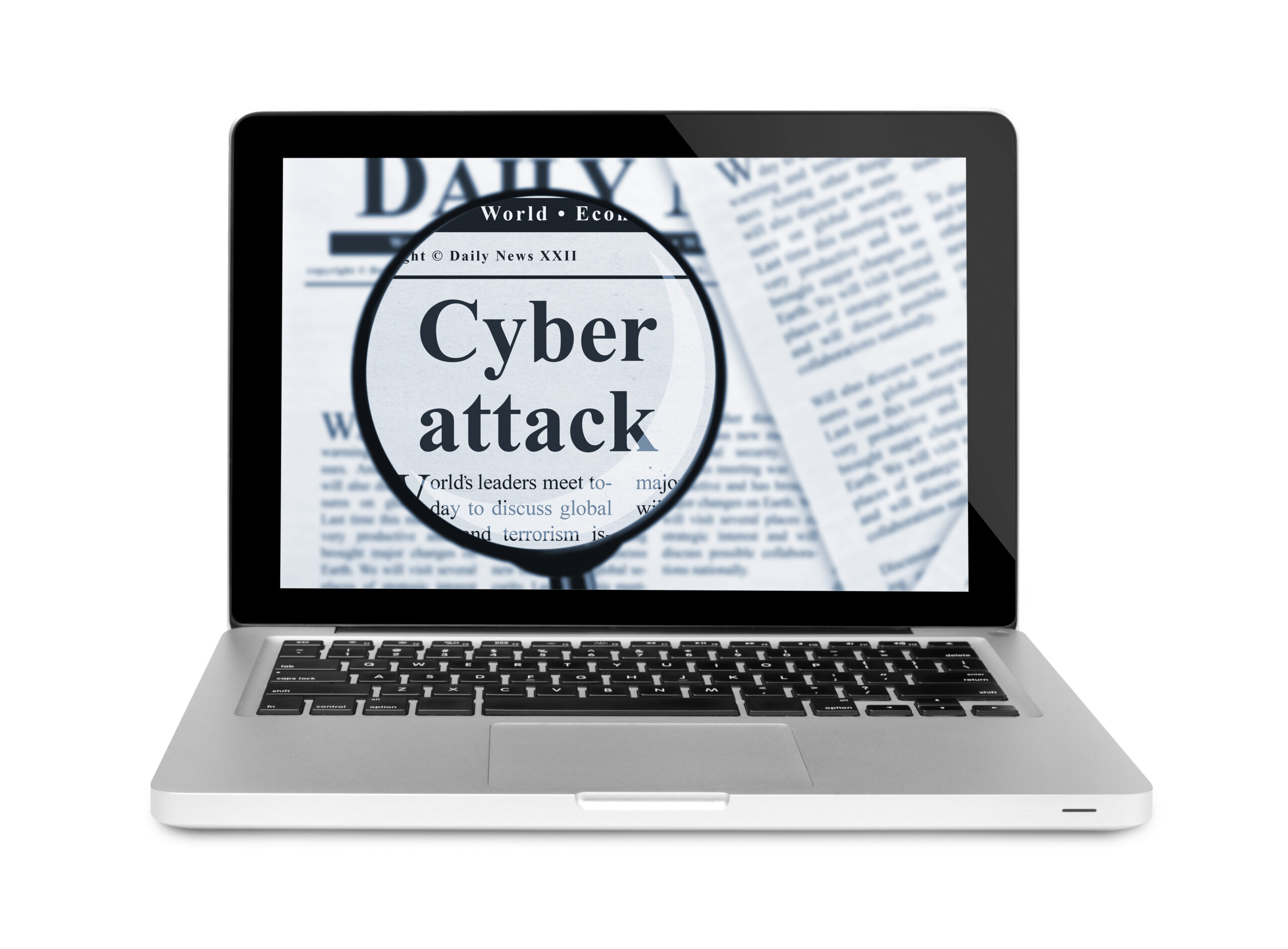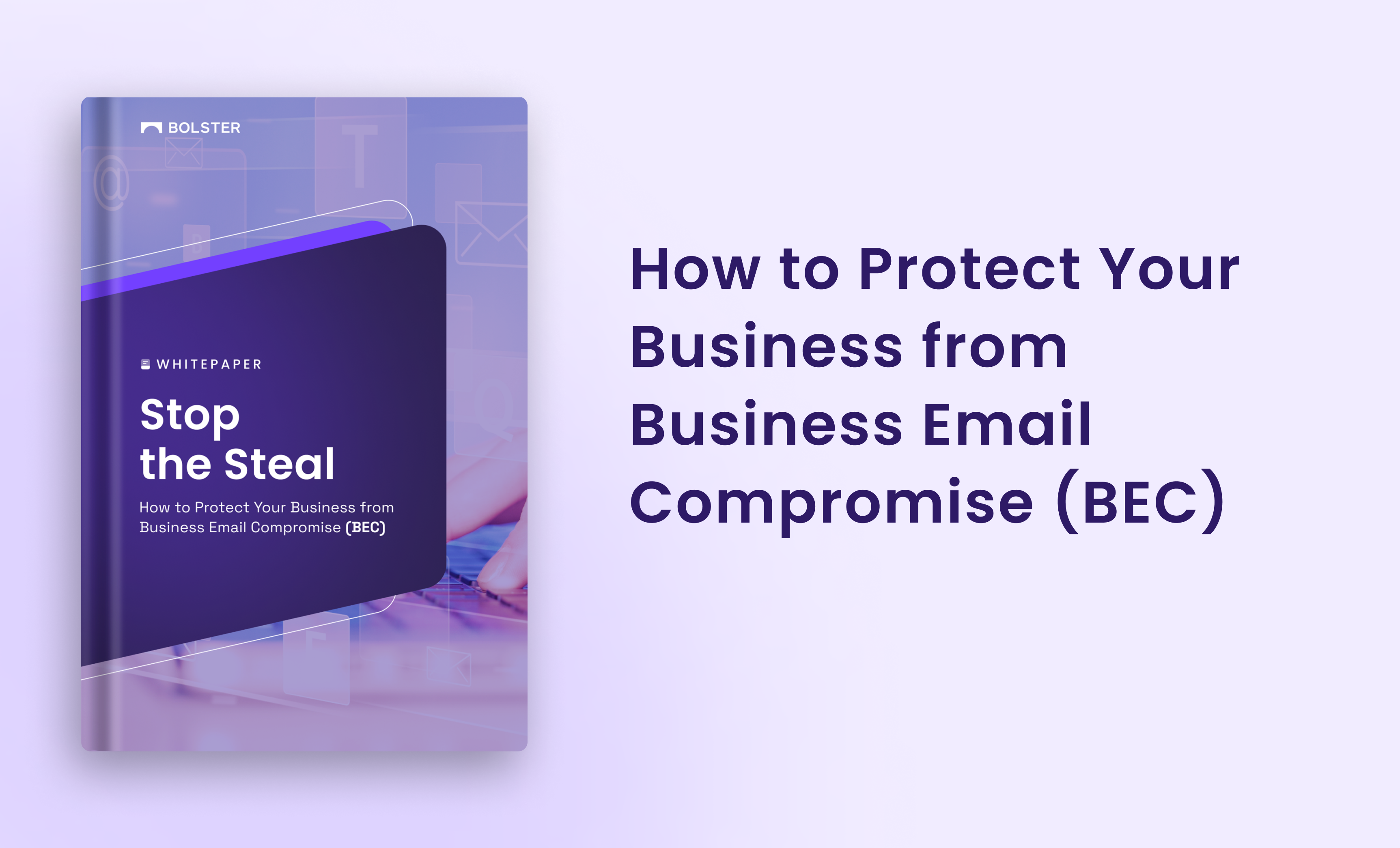The case of Napster and the music industry is widely quoted in discussions about copyright infringement. In the late 90s, Shawn Fanning and Sean Parker co-founded Napster, a file-sharing application that allowed users to download and share music for free. The innovation quickly caught the attention of the music industry, who saw it as a threat to their protected intellectual property (IP).
Multiple record companies quickly sued Napster, alleging that it infringed on their IP copyrights. In 2000, a U.S. federal judge ruled in their favor and ordered Napster to stop allowing the exchange of music owned and copyrighted by them. The decision effectively led to Napster’s demise.
The case changed how digital IP is viewed, used, and most importantly, protected. It also demonstrated the importance of quick copyright infringement detection and continuous copyright infringement monitoring by copyright holders.
The good news is that technology can help companies protect their copyrighted IP from unauthorized or malicious parties. For example, copyright infringement detection software can help them to spot attacks and act quickly to minimize damage.
Automated software is also available for copyright infringement monitoring and copyright infringement prevention. These are two methods to proactively protect copyright and safeguard the brand instead of simply reacting to an active hacker.
Copyright Infringement: Criteria and Penalties
We broke down the definition of copyright infringement in part one of this series, but if you need a quick refresher: Many kinds of assets can be protected by copyright, including software applications, websites, music, movies, books, and photos. The use, reproduction, download, or sharing of any of these materials without the explicit permission of the copyright holder is known as copyright infringement.
The copyright holder is usually the asset creator. This is why “work of authorship” is one of the criteria to determine copyright infringement. The work must also be “original” to qualify for copyright protection.
Read More: 4 Copyright Infringement Examples to Help Protect Your Business
The reuse of work that is already copied from an earlier work cannot be considered an infringement of copyright. Finally, most copyright laws require that the work must be “fixed in a tangible medium”. That’s why software beta versions, film rushes, and novel drafts cannot be copyright-protected.
In some countries, infringers may be sent a copyright infringer notice. In the USA, this notice is known as a Digital Millennium Copyright Act (DMCA) notice. In addition, a penalty may be levied on the infringer. This can be a fine and/or payment to the injured party. In some cases and countries, copyright infringement can also result in criminal penalties, including imprisonment.
How to Prevent Copyright Infringement Targeting Your Business
Technology can help copyright holders to prevent copyright infringement attacks, particularly on digital assets. So, if you hold the copyright to a website, software, digital files (e.g., music) photographs, etc., digital fingerprints and watermarks can identify if any of this material is being used illegally.
Digital fingerprints create collusion-secure codes that prevent “cut-and-paste” attacks. The method works by matching users’ online activities to a set of identity markers. These markers or “fingerprints” create a picture of each user, allowing the copyright holder to recognize them, and more importantly, prevent them from stealing copyrighted information.
If an infringer still manages to create an illegal copy, the event can be traced back to them, so the owner can determine the next action.
Watermarks can also help prevent copyright infringement. In digital IP like photos, a clear, hard-to-remove watermark, an invisible watermark like Adobe Digimarc Barcode, and a copyright notice informs potential infringers that you own the copyright, which may discourage them from infringement.
Another way to prevent the copyright infringement of digital assets is to use digital rights management (DRM) software. The software allows copyright holders to encrypt their copyrighted material, which can only be decrypted by users holding the decryption key.
These keys and other features prevent unauthorized users from editing, saving, sharing, or printing copyrighted content. You can also add watermarks to establish ownership, limit access to specific users, and see who accessed your assets and when to better protect your material and brand.
How to Detect Copyright Infringement on Digital Materials
Despite your best efforts, someone may plagiarize or illegally use your copyrighted materials. In these situations, you need a technological solution to detect copyright infringement.
Copyright infringement detection platforms regularly scan web sources, archived web pages, and open databases to detect stolen copies of original copyrighted materials. Many add badges or watermarks to copyrighted content to prevent thieves from stealing it.
A registered badge and copyright info added to the assets also ensure that the stolen content is automatically taken down, protecting the copyright holder. Some tools also generate alerts when content is stolen, allowing copyright holders to take swift action to remove it.
Advanced tools like Bolster.ai leverage machine learning models and self-improving capabilities to prevent unauthorized duplication and detect copyright violations. It can also automatically take down infringements across the digital universe, including the open web, social media, and app stores, and continuously scan for misuses of your brand or company assets on the dark web.
Through continuous copyright infringement monitoring, Bolster can detect lookalike domains, phishing websites, typosquatting, executive impersonations, and fake apps and social media accounts. It thus enables all kinds of copyright holders to protect their copyrighted material, and ultimately, their brand.
In addition to copyright infringement detection platforms, it’s also a good strategy to use tools to establish proof of ownership of materials. These tools create time-stamped certificates that prove ownership and possession of digital IP. The certificate can also enable copyright holders to protect their legal position in case of any future dispute and demonstrate legal compliance if required.
Preventing Copyright Infringement from Damaging Your Business
Your website is a crucial element of your digital presence. However, it is vulnerable to many types of copyright infringement risks, such as:
- Unlicensed use of your copyrighted images, content, videos, etc.
- Unlicensed downloading or distribution of your copyrighted works.
- Illegal downloading or use of your copyrighted material from social media sites or app stores.
- Typosquatting, in which hackers lure visitors to fake domains that look like your domain in order to steal their personal information.
- Phishing attacks, in which hackers use look-alike websites to spread malware or steal user information via email, messaging apps, social media, and more.
The best way to avoid such problems, and protect your copyrighted assets is with technology. Copyright infringement detection software automatically “scrapes” (monitors) the web, detects plagiarized copies, and even takes them down.
The most advanced platforms use AI and automation to auto-detect infringements and remove infringed materials before they can substantially damage the copyright holder financially or reputationally.
It’s important to remember that technology and automation is only one part of a comprehensive copyright infringement program. A strong program also requires risk assessments to understand the risks of copyright infringement, including content counterfeiting, fraud, scam content, account impersonation, and typosquatting.
Additionally, knowledge of the legal framework is also vital. Many countries have regulations to protect copyright holders, but many are unaware of their rights and options regarding copyright infringements. Such lack of awareness can increase the possibility of damage following an attack.
Start Protecting Your Business Today
Copyright infringement attacks are a serious issue, particularly in the digital era, where it’s easy for malicious actors to copy or steal protected IP.
Fortunately, technology is available to protect copyright holders. Copyright infringement detection software and copyright infringement prevention platforms like Bolster enable organizations to prevent their copyrighted IP from falling into the wrong hands.
With Bolster, companies can monitor for uses of their brand across the web, and perform efficient and comprehensive takedowns if copyright infringement is detected.
Click here for a free demo of Bolster.










